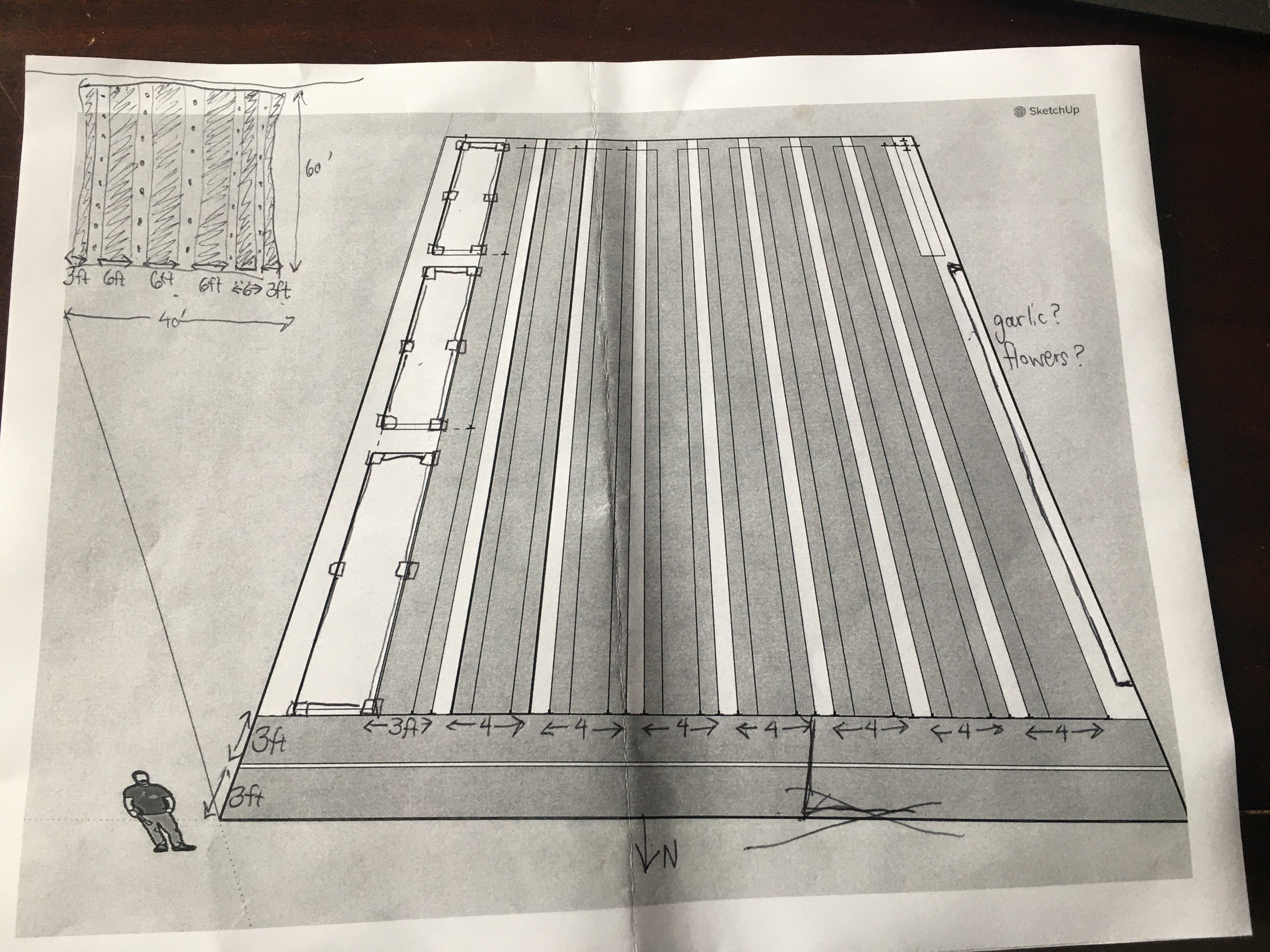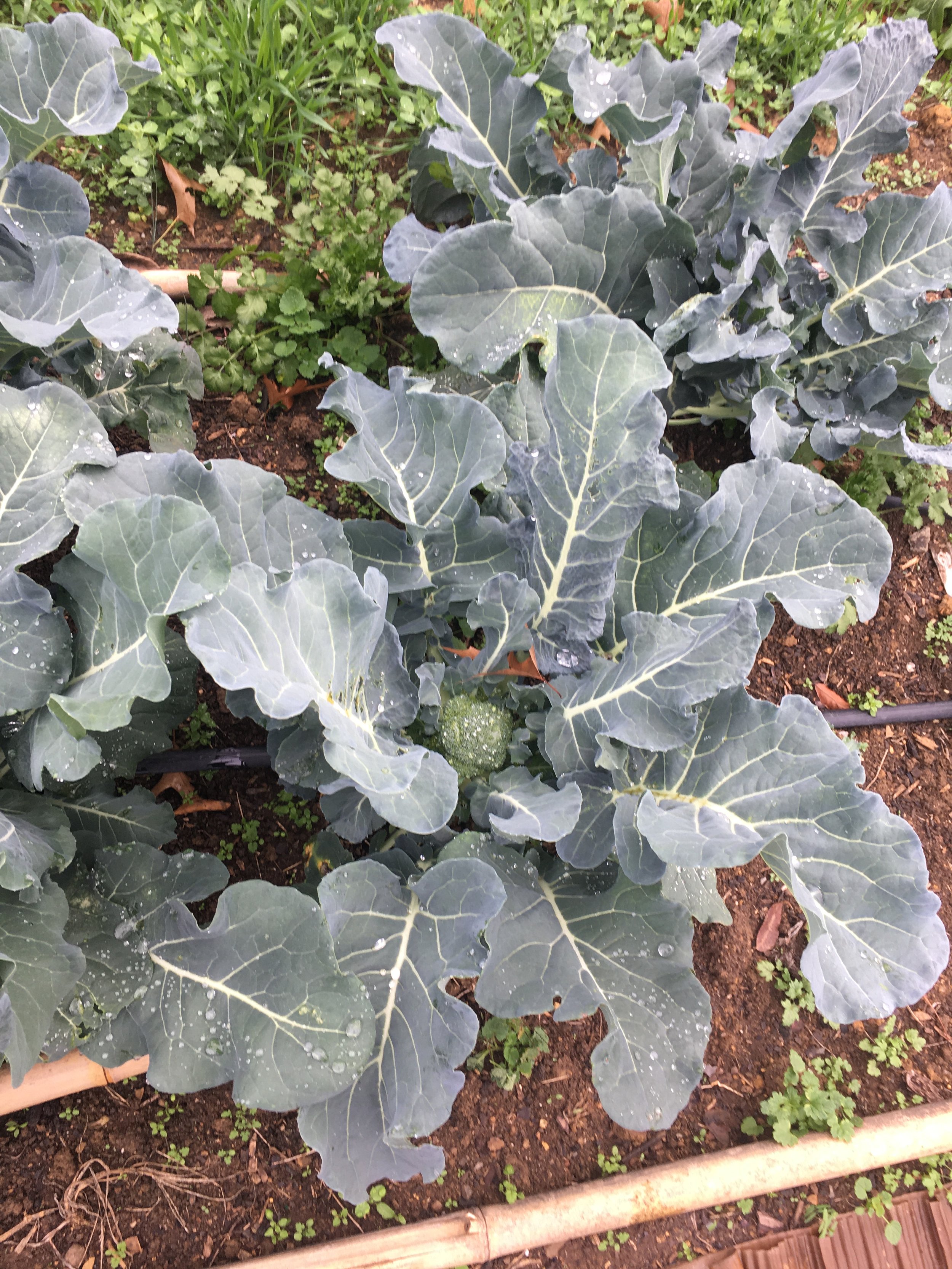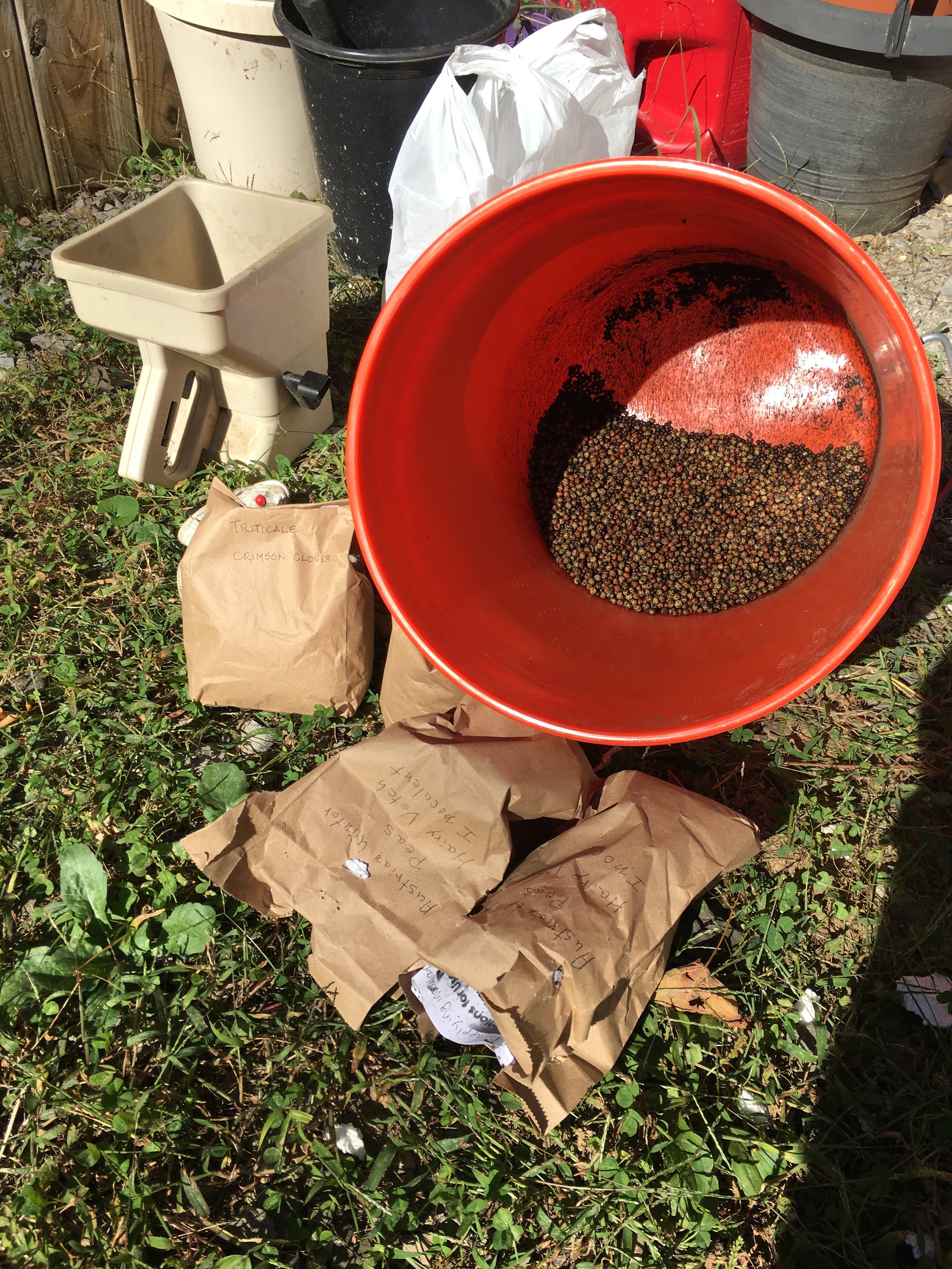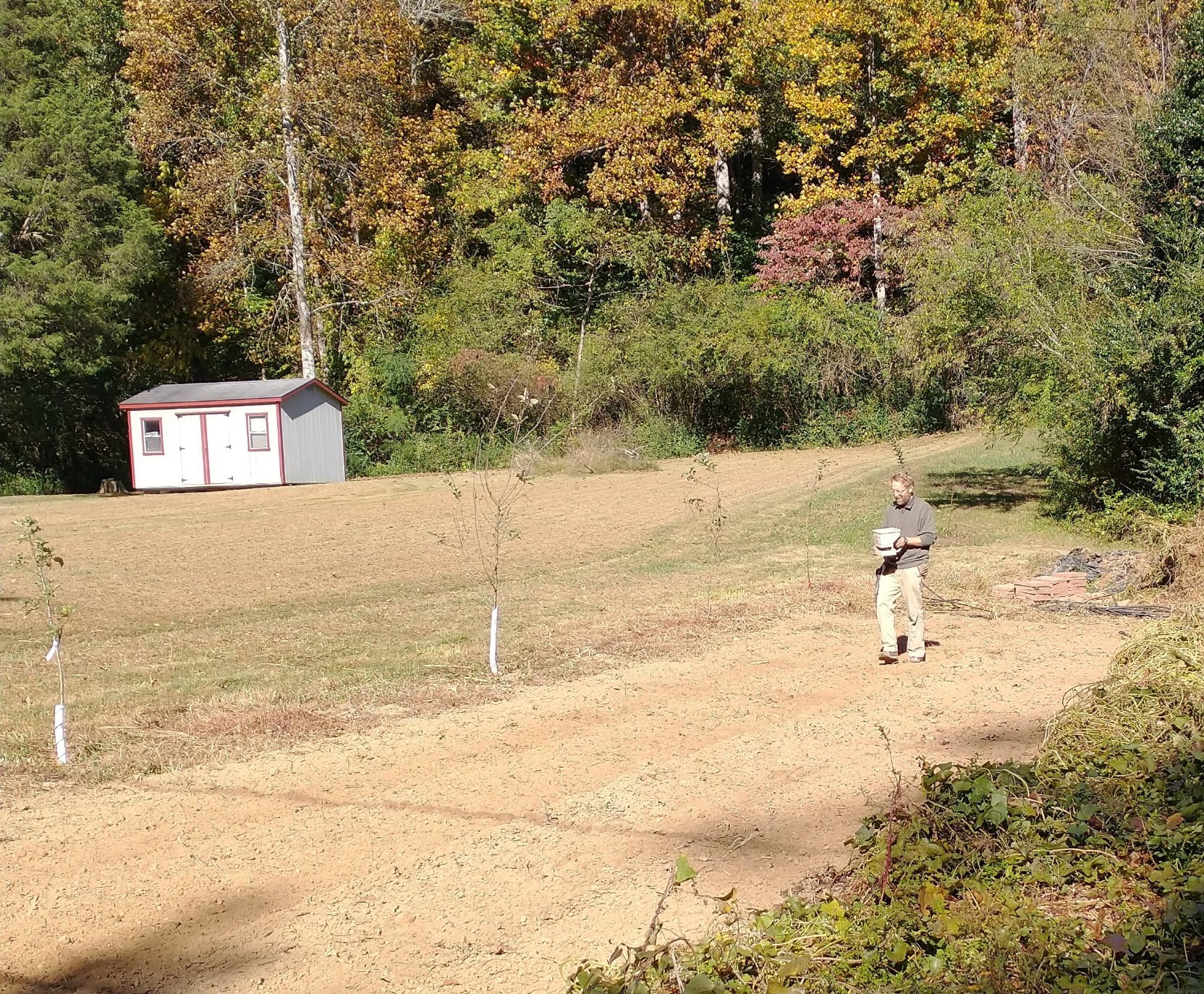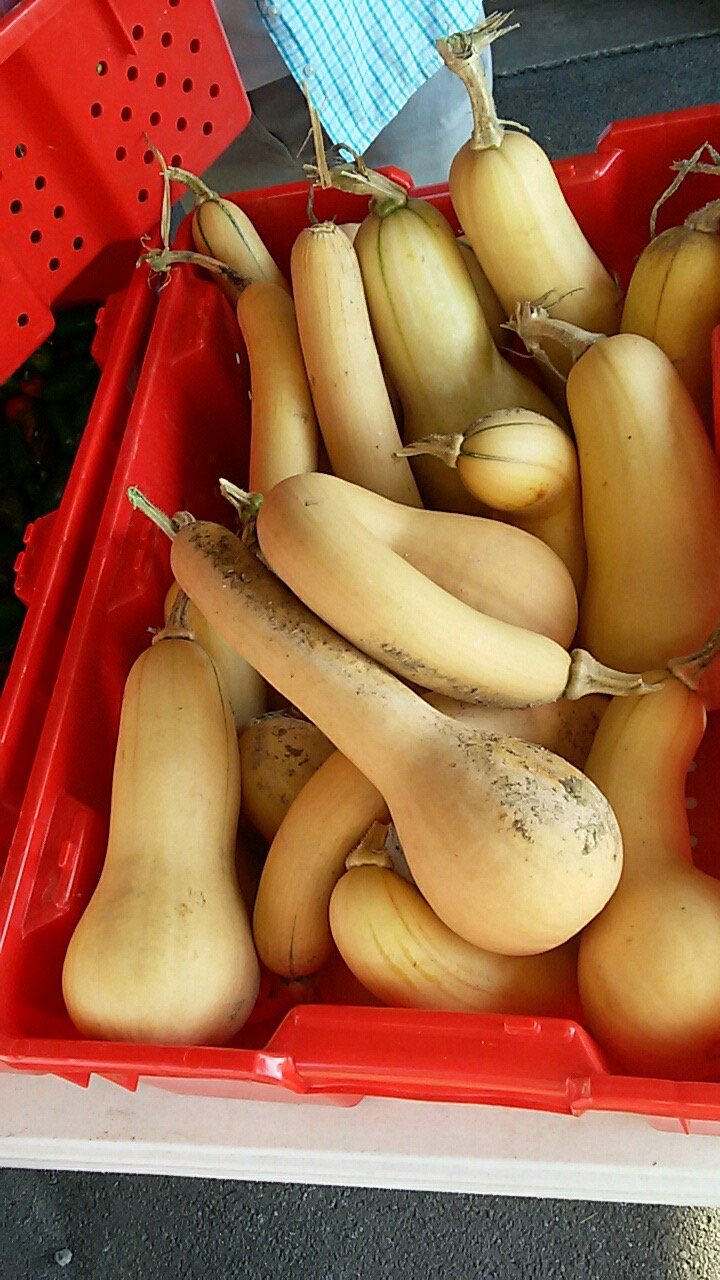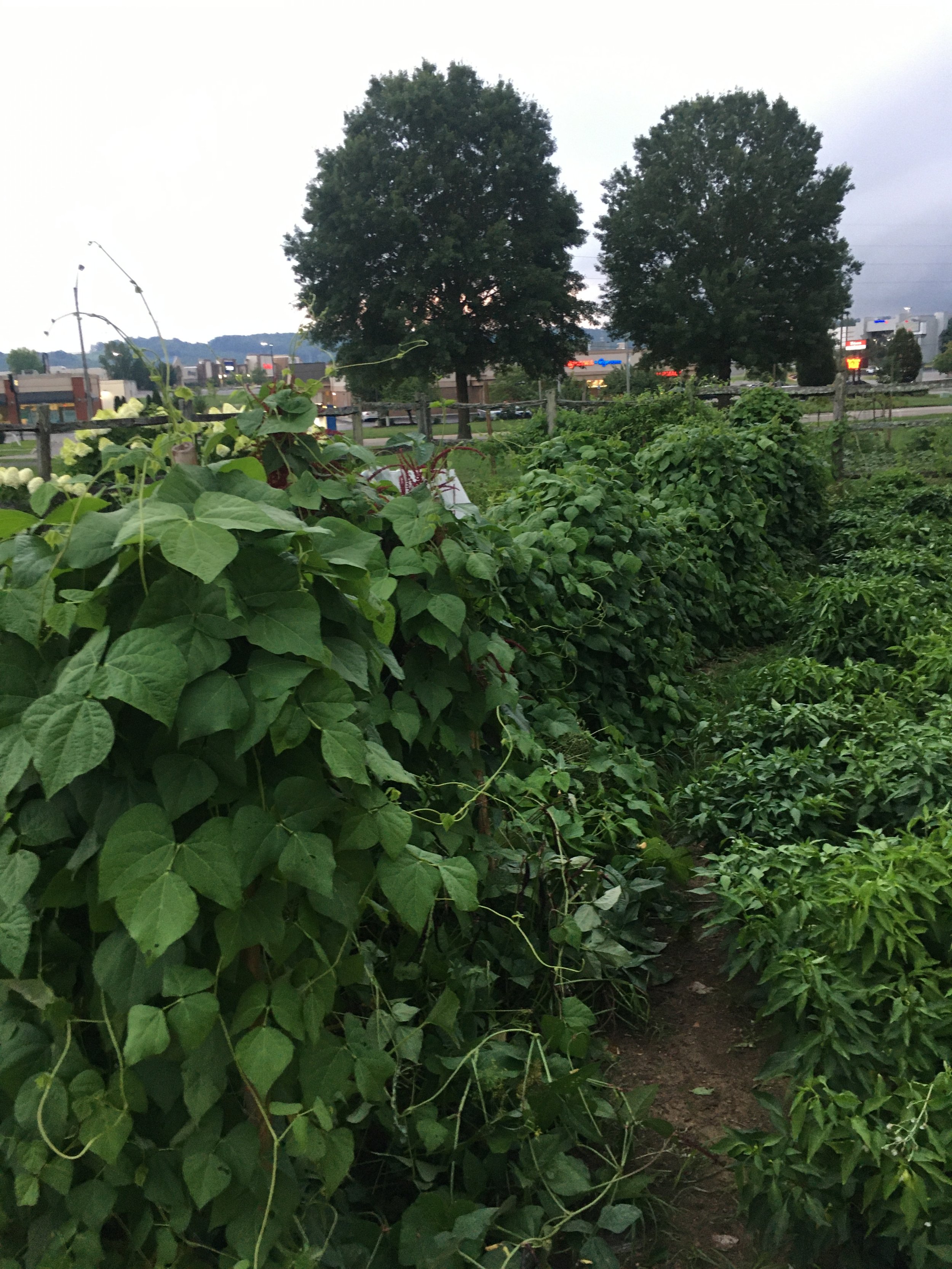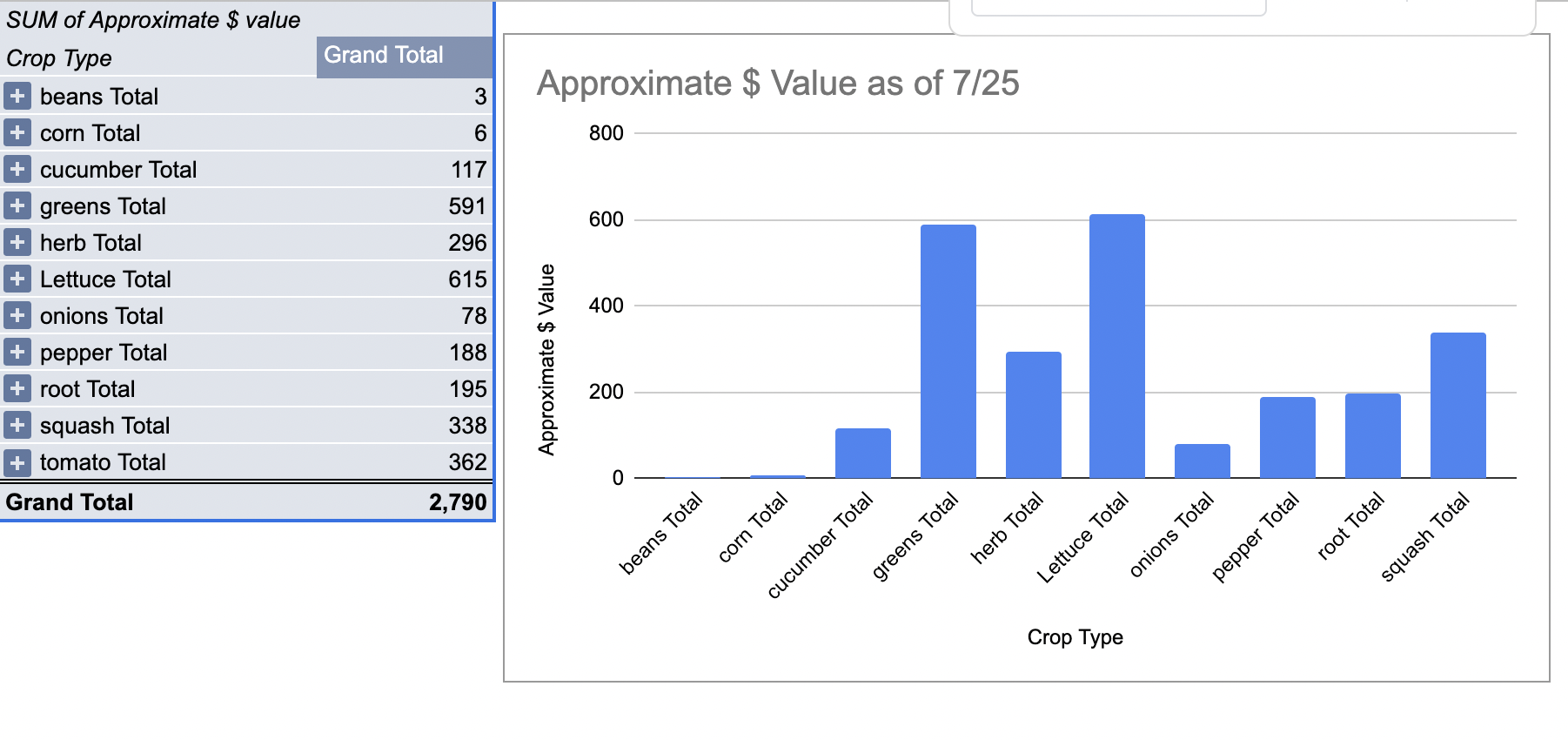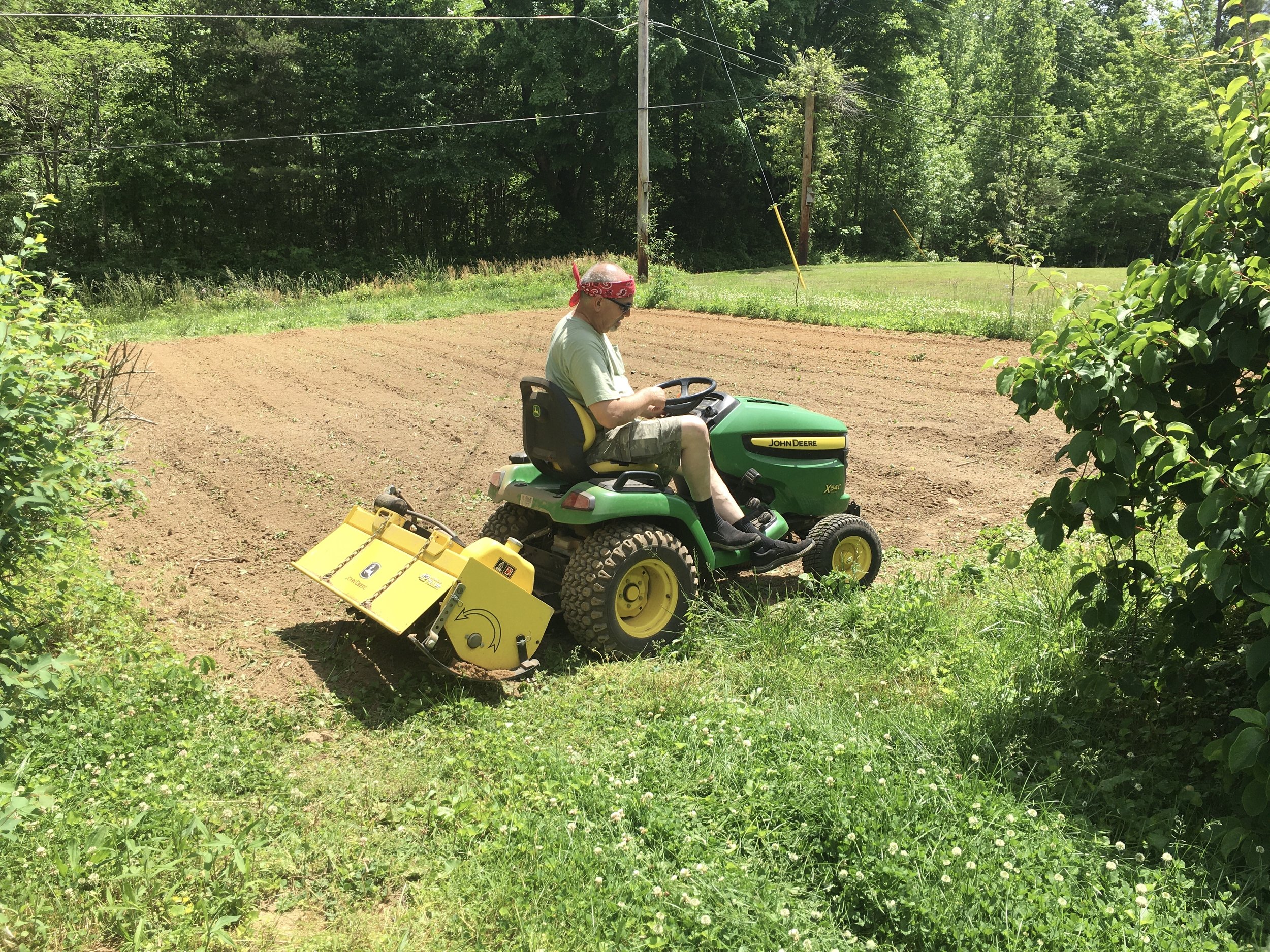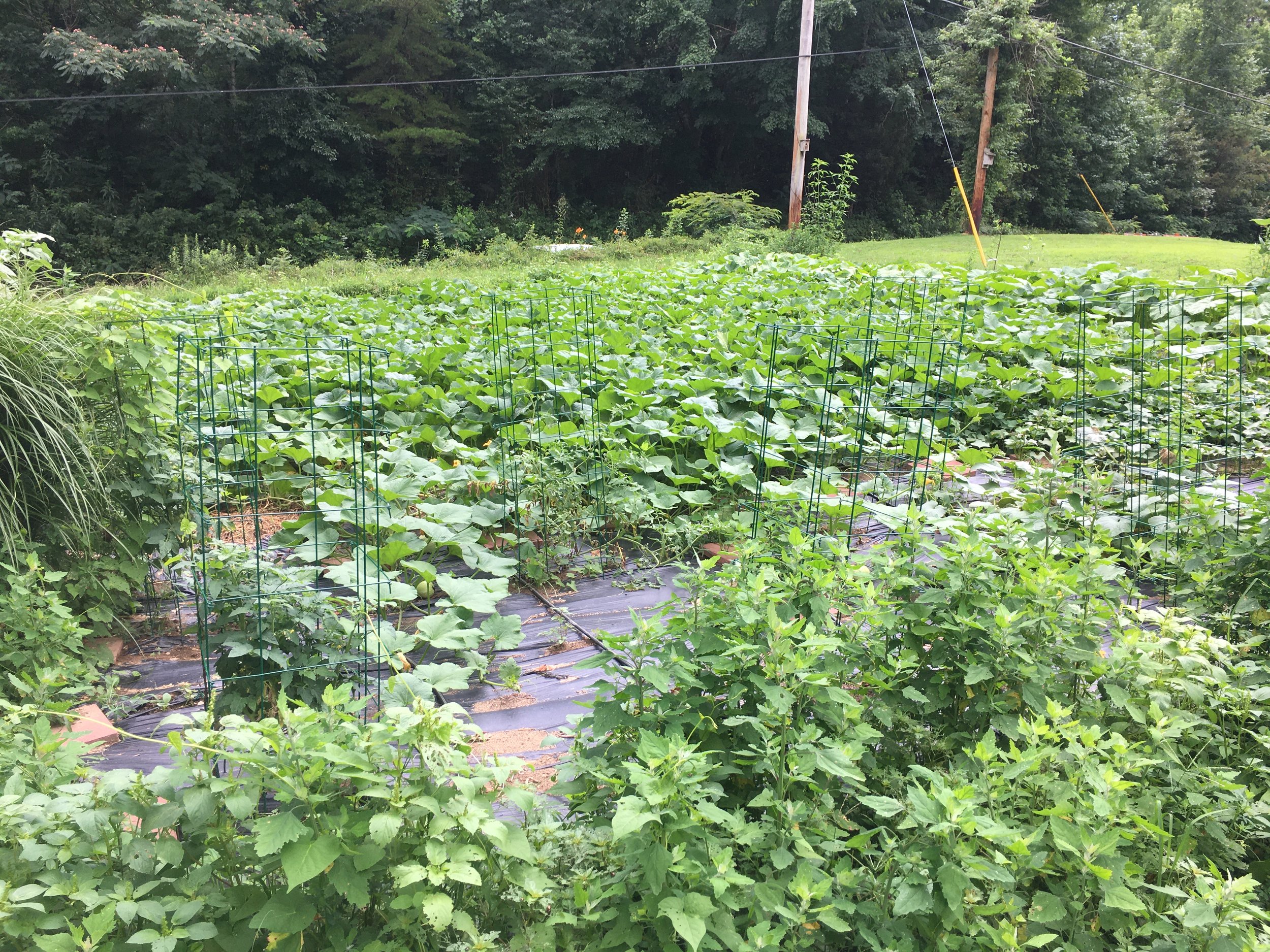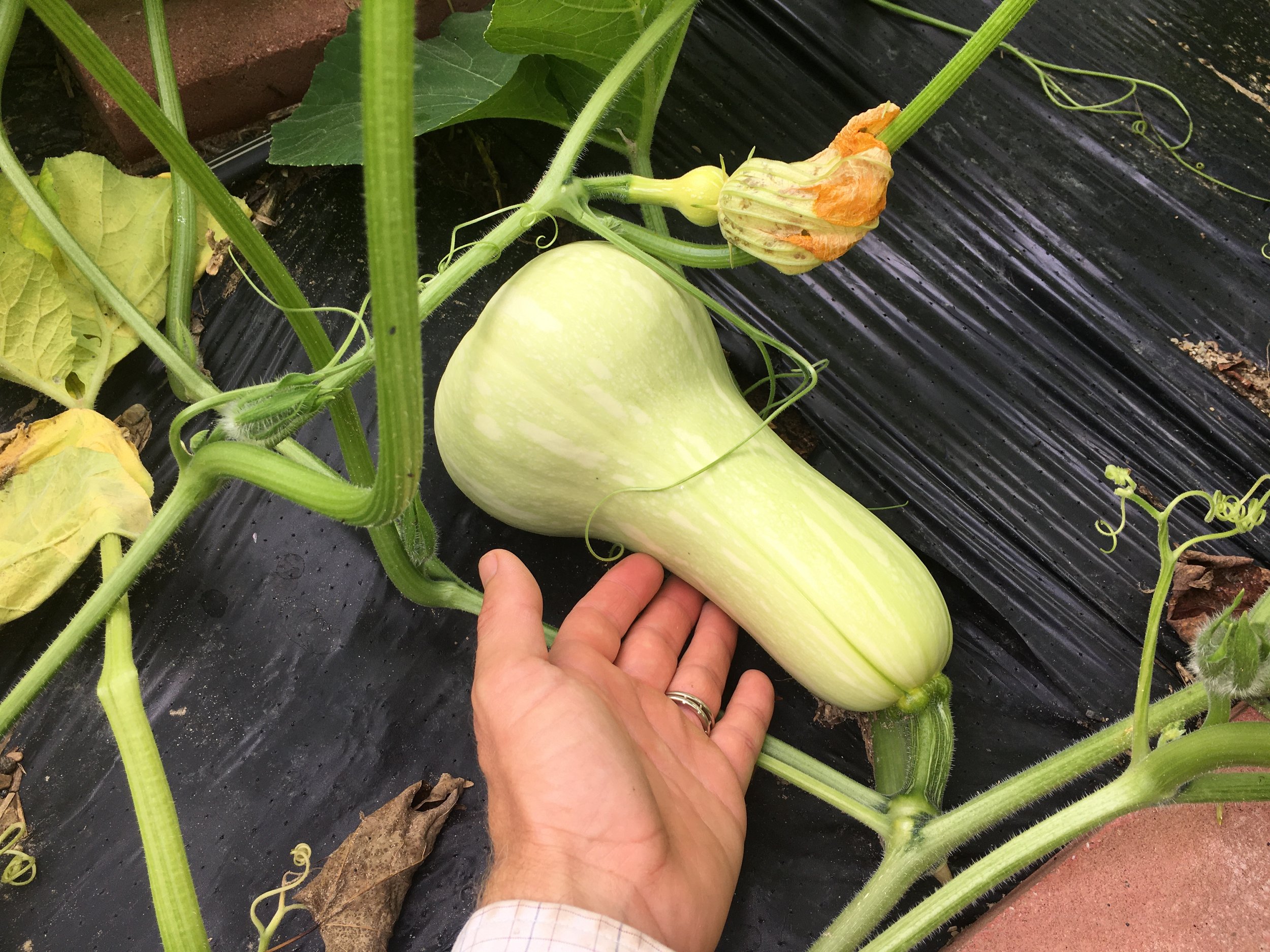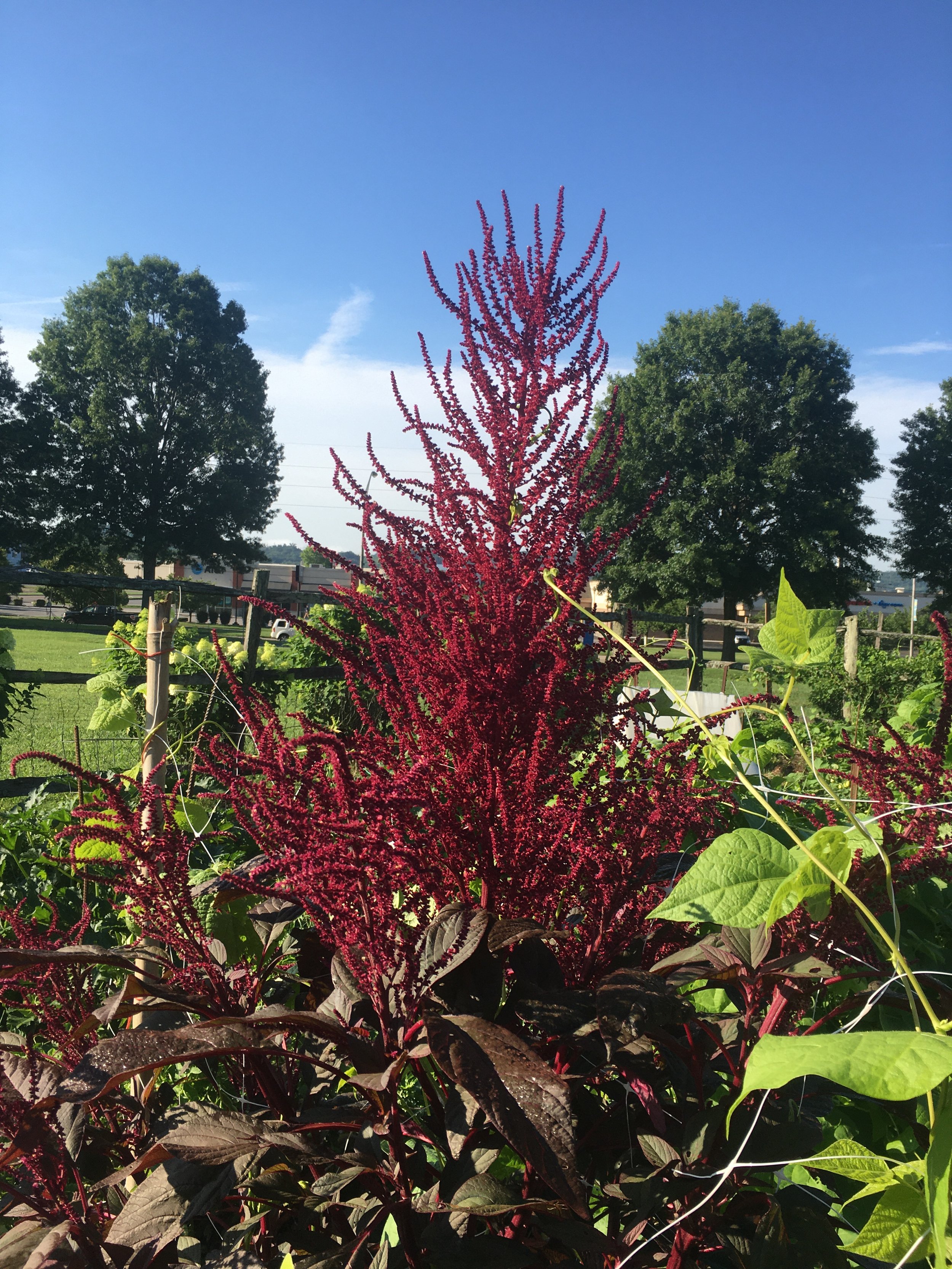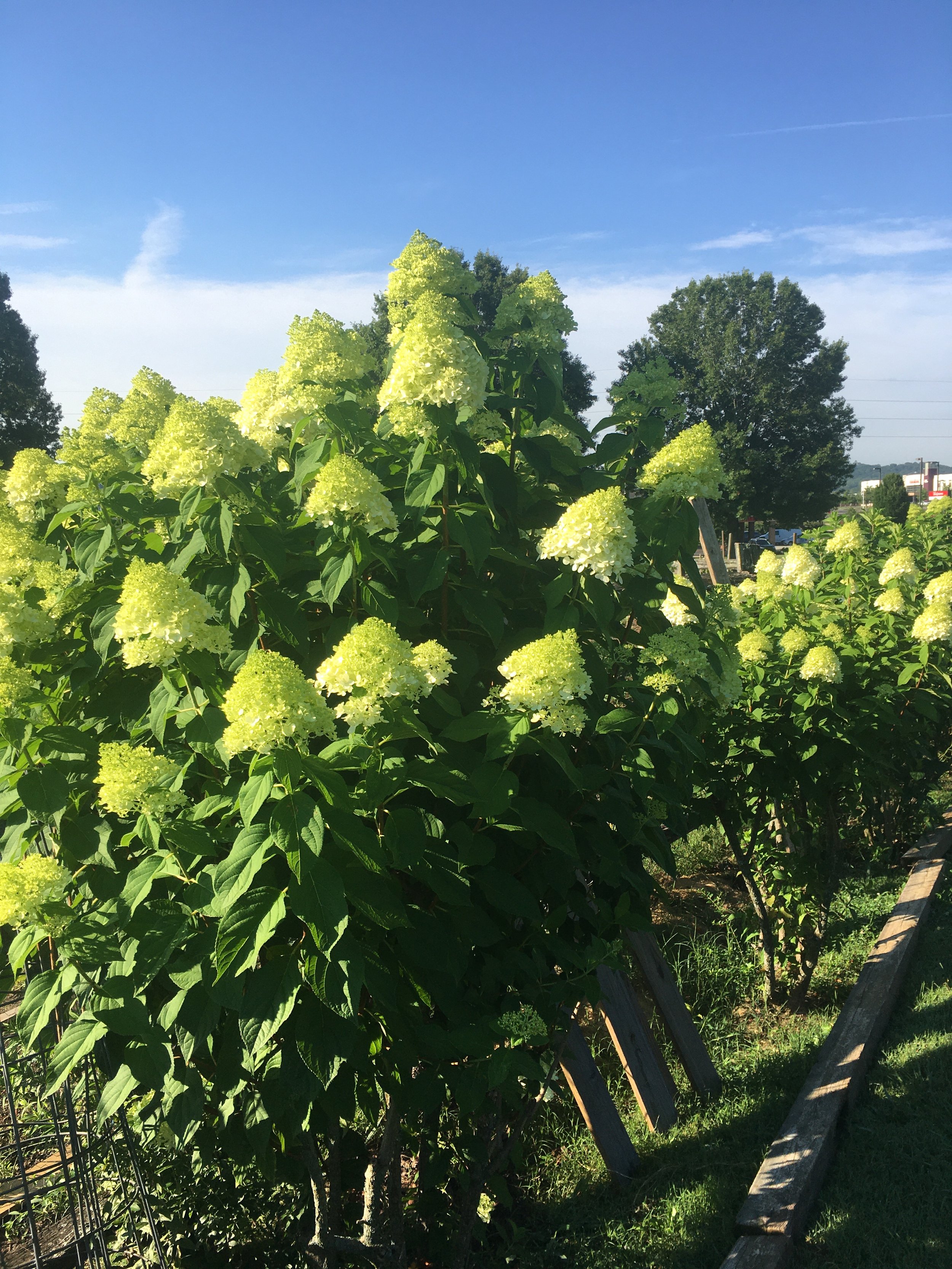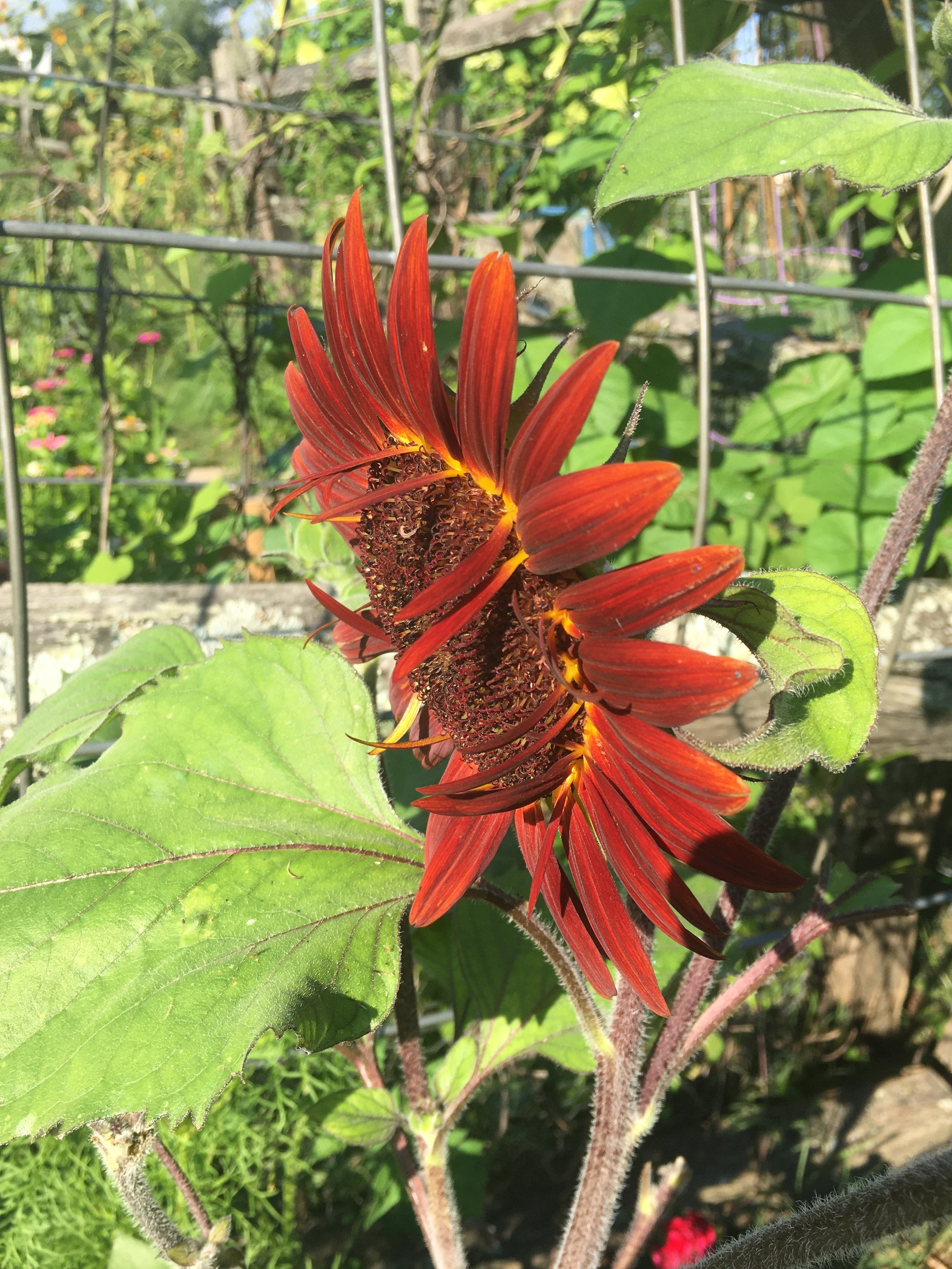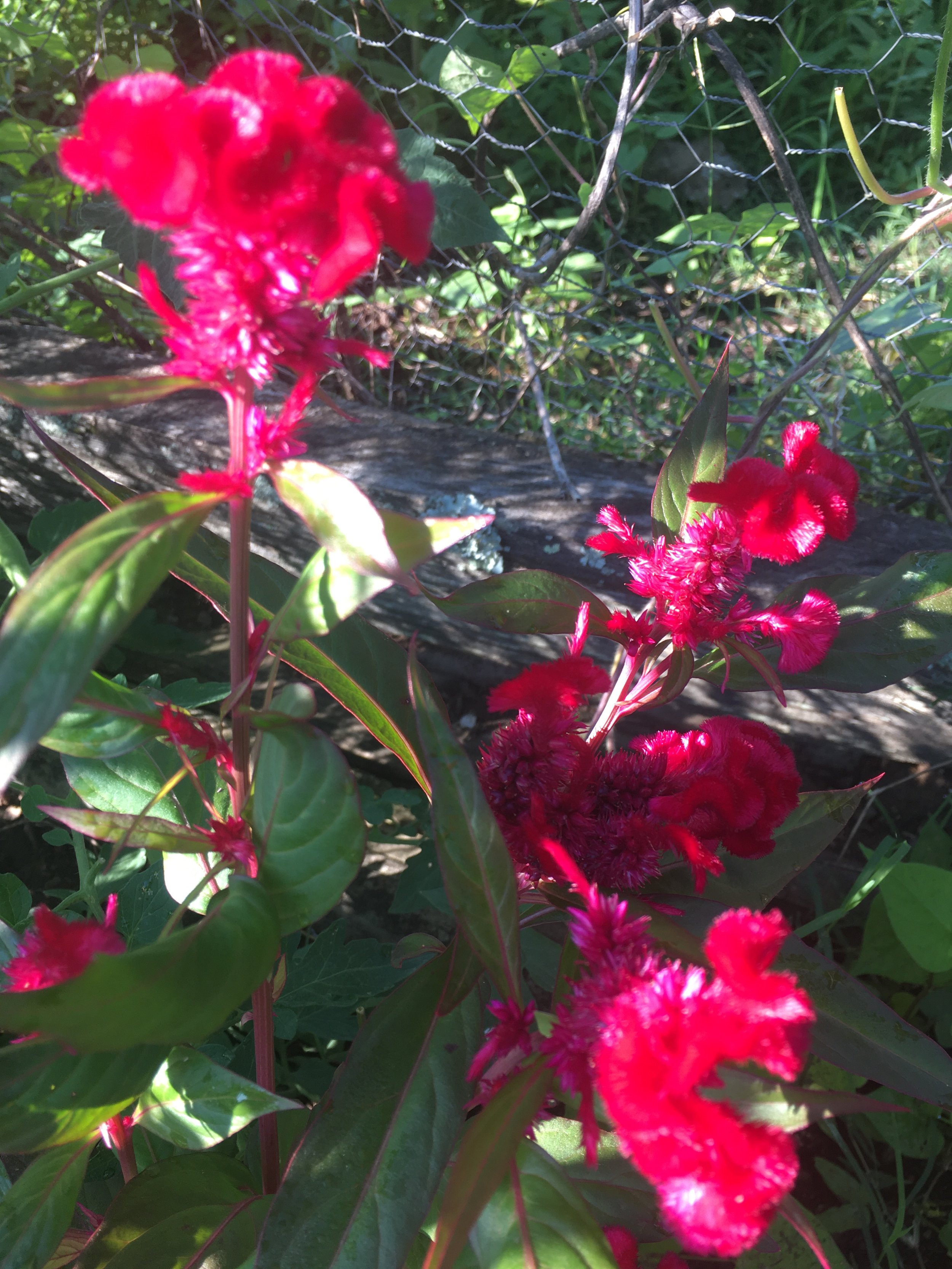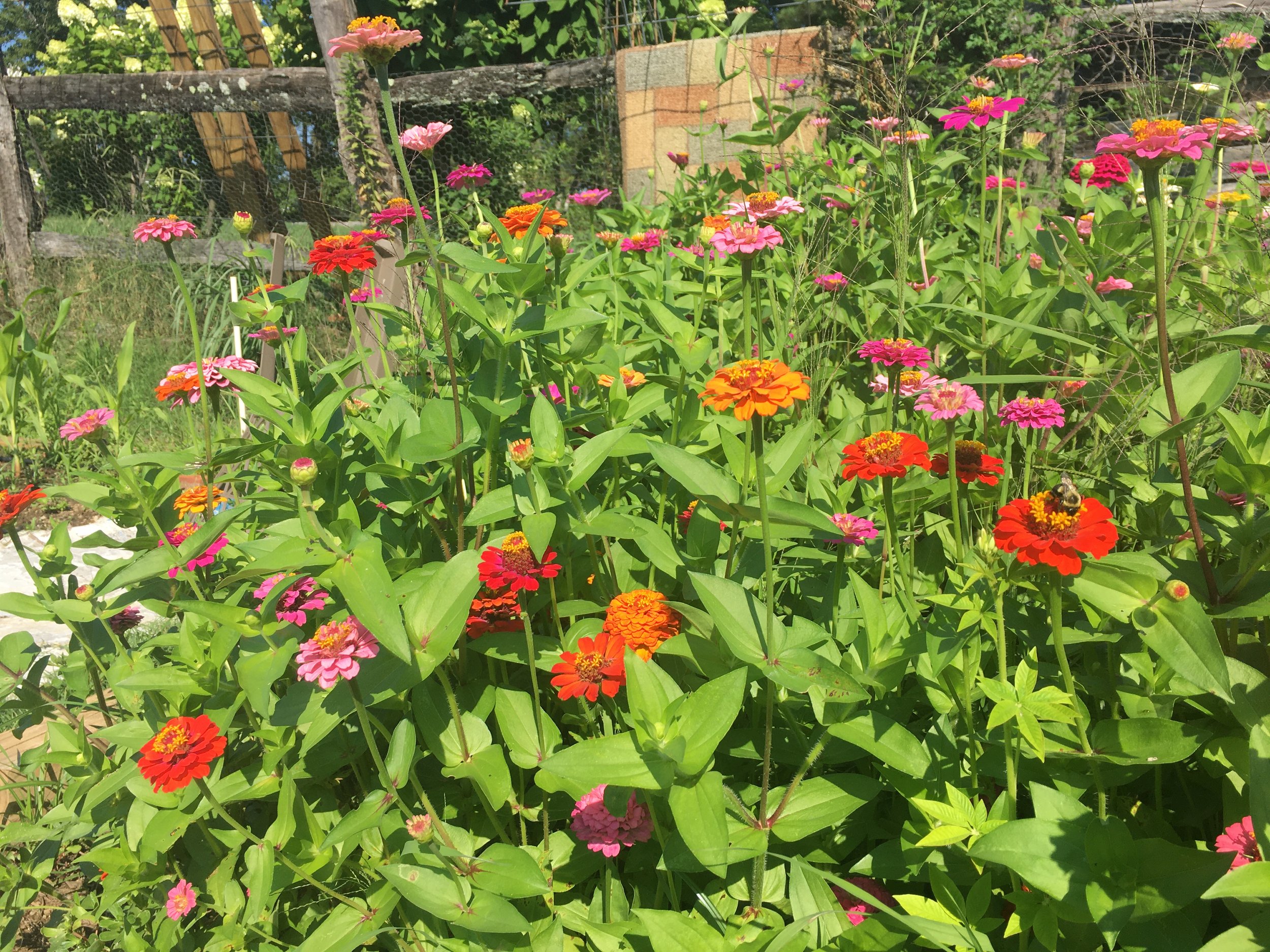Cover Crop
This coming week at St. Mary’s garden and at the Isidore and Maria garden we will prepare the soil for planting the overwintering cover crop.
Background: William Gwin from the Oak Ridge Public library and I researched and calculated an appropriate cover crop seed mix based on the approximate area of the Isidore and Maria gardens, First Presbyterian gardens, and the St. Mary’s garden. The bulk purchase helps us reduce shipping costs and increase opportunities for other gardens in Oak Ridge.
Volunteers at the Oak Ridge Public library mixed and formed several packs that will cover 1000 ft^2 each.
We will share the packs with each of the community gardens based on need. Hopefully the community gardens can help compensate for the cost of the seed.
Planting: We hope to spread and water this seed as soon as possible with our goal of getting it in the ground by mid October. If the crop goes in too late, it will not be well established before winter.
Goals: This mix is designed to “overwinter”. The components are hairy vetch (legume), Austrian winter pea (legume), crimson clover (legume), and triticale (grassy biomass). With adequate water, plants will germinate, survive our relatively mild winter and grow fast in the Spring.
The longer we can let them grow in the Spring, the more benefit we should attain in the form of micronutrient retention, increased nitrogen and increased biomass. Nutrients and nitrogen help the next crop grow well. Biomass provides food and structure for beneficial soil bacteria and fungi.
Termination in Spring: We can handle the termination in several ways depending on our needs at each garden. For example, at the Isidore and Maria garden we will mow and then till 4-6 weeks before planting our long season winter squash and sweet potatoes in mid-June.
At St. Mary’s we will likely mow these crops at different times depending on what we will plant in each bed. At St. Mary’s we usually allow the cover crop to become a mulch on the surface that we plant through when our seedlings are ready.
What do these crops do for us? With proper legume inoculation (see below) we hope that these cover crops will supply most of the nitrogen that we need to start the season. But depending on our soil tests we may need to supplement phosphorus, potassium or trace minerals. If these crops go back into our growing areas, they will help retain the P, K and trace minerals from the previous season, but they will not increase those minerals. A soil test before Spring will help us know our P, K, and trace mineral needs. Some crops may benefit from more nitrogen later in the season after the cover crop benefit is depleted. The biomass of these crops will improve soil texture and provide fuel to stimulate beneficial fungal and microbiological soil activity.
I have hope that this plan works well. Special thanks to William Gwin at the Oak Ridge public library seed library for getting this plan started.
Inoculating legumes
At least 79% of the air around us is nitrogen gas (N2). We inhale it, but we exhale it without using it. Animals and plants need nitrogen to grow. It is part of our protein, DNA, RNA, and many other parts of all living things. It’s funny to me that we are surrounded by necessary nitrogen in the air, but we can hardly use any of that nitrogen for our body.
It turns out that legumes can form a symbiotic relationship with microbes in their root zone. If those microbes “infect” and colonize in the roots of legumes, those plants will “fix” nitrogen from the air and make it available to the plant. If we growers make sure that those microbes are present, if we grow the legumes at the correct time, and if we terminate the plants at the proper time, we can make sure our soil and organic residue in the soil generate nitrogen in a form that plants can use for growth.
So we ordered some inoculant and we have a plan for inoculating the legumes in our mix.
Here’s an article from the University of Minnesota that explains legume inoculation with better pictures and more technical detail: University of Minnesota Extension
